Passenger vehicles in Latin America will host next-gen connected services as standard by 2025, says Frost & Sullivan
A large number of multimedia and infotainment solutions are being launched initially in Brazil and Argentina, and later being deployed to other countries of Latin America.
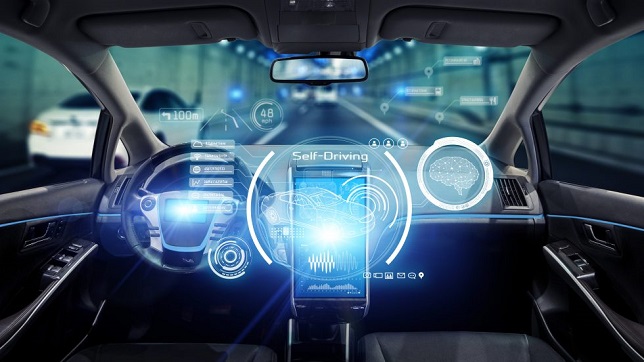
Frost & Sullivan’s recent analysis, Connectivity Features Powering the Latin American Passenger Vehicles Market, 2020–2025, focuses on analyzing technologies and services that are and will be available in Brazil, Argentina, Colombia, Chile, and Peru. It forecasts that by 2025, connected services such as parking finder, real-time vehicle diagnostics, and onboard emergency alert systems would be standard fitment in passenger cars across all automotive OEMs in Latin America. The research reveals multimedia, infotainment, and instrument panels to be the key technologies leading the connectivity transformations in the region’s automotive industry, and identifies high-speed Internet, embedded modems, and human-machine interfaces (HMI) as the new focus areas for OEMs through 2025.
“Automakers are no longer hardware manufacturers, but are evolving into technology companies, launching new products, technologies, services, and interfaces,” said Guira Barretto, Intelligent MoSenior Consultant. “This new scenario is pushing OEMs to launch products and services much faster than before. Most of these solutions are in their initial stages of development. Each OEM can be observed following a different strategy for consolidation in this new market. A large number of multimedia and infotainment solutions are being launched initially in Brazil and Argentina, and later being deployed to other countries of Latin America.”
Barretto added: “The next generation of connected services will use onboard internet as a key functionality to allow other connected services. It will enable OEMs to develop connected solutions that are not part of their business models, and partnerships with start-ups and marketplaces will drive robust and strong growth in this regard. OEMs and Tier-1 suppliers should utilize their capabilities to enhance and revamp their service offerings in short durations to increase consumer awareness and interest in the latest technology. Currently, Brazil is leading the connected services market in the region mainly due to the GM OnStar and other tests under development by Audi, Volkswagen, BMW and Ford.”
In addition, OEMs and Tier-I manufacturers should follow these strategic recommendations to nurture growth:
- User Experience: Partner with third-party AI-based assistants, build native intelligent assistants, or offer occupants multi-modal HMI interactions to transform user experience and reduce distractions.
- Personalization: Develop solutions to improve communication with each of the occupants. Internet access inside the vehicle will be necessary to provide each passenger with a unique and personalized experience.
- Connected Services: Develop new telematics data and solutions to improve the services offered. Acquiring or partnering with telematics service providers will be important to speed up the launch of these solutions.
- Internet (4G/5G): Build strategic partnerships with telecom providers and communication module vendors to enhance on-road safety and provide data-rich in-vehicle services.
- Multimedia, Infotainment, and Instrument Panel: Introduce improved multimedia and infotainment systems and instrument panels to attract and retain users. Larger screens with high-resolution graphics and air-gesture commands are some of the improvements that OEMs can offer.
Connectivity Features Powering the Latin American Passenger Vehicles Market, 2020–2025 is part of Frost & Sullivan’s global Automotive and Transportation Growth Partnership Service program.

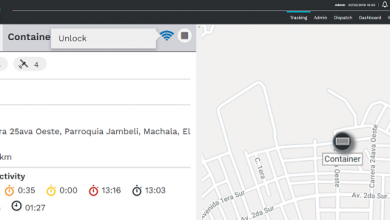
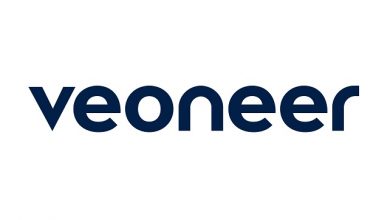
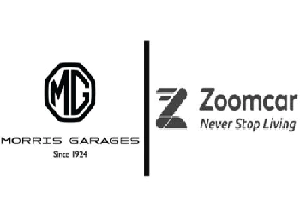
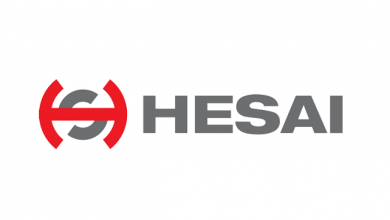

One Comment